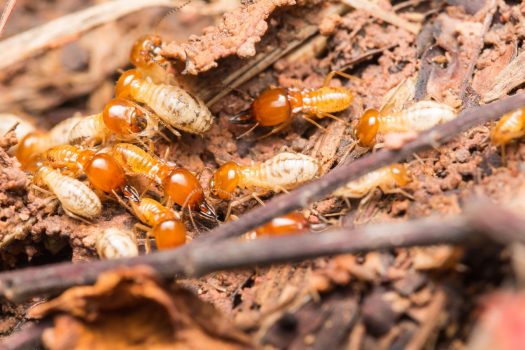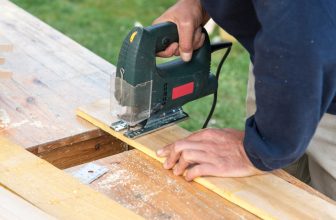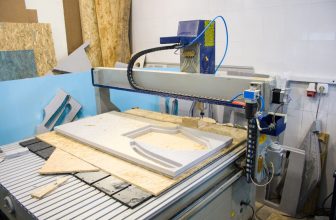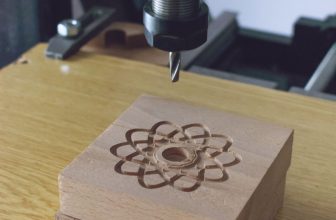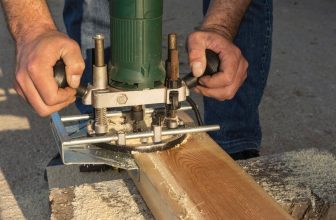Contents
Although it lasts for decades and always lends a sense of warmth and charm to interior spaces, termite infestation can easily cause damage to wooden furniture.
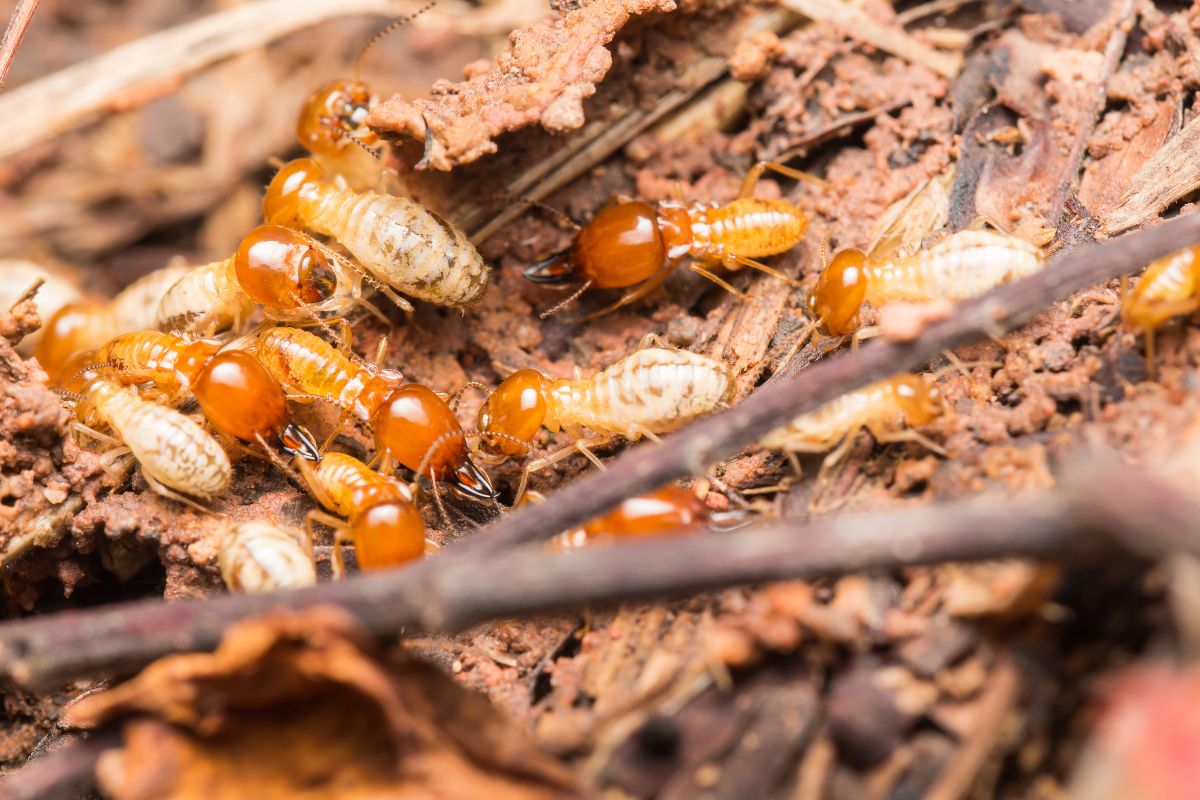
Piles of wood dust seen under wooden furniture are a symptom of a termite infestation. Once these insects get inside your home and begin eating your valuable furniture, getting rid of them can be very challenging.
Thankfully, we’re here to help. This guide will help you kill termites in wood by showing you how to identify an infestation, treat it, and prevent it from happening again. Read on to find out exactly how to get the job done.
How It Begins
The two primary entry points for termites into your home are through the ground and the air.
Termite swarmers, which are flying termites, are usually released by an established colony to cause a drywood termite infestation.
These swarmers drop their wings, carve out a little nest, and start laying eggs to establish a fresh termite colony as soon as they locate a wooden fissure in your home.
Subterranean termites, on the other hand, can get inside your house through the foundation because their colonies are underground. These termites may discover your home as a rich new food supply while they search for sustenance.
Subterranean termites frequently construct mud tunnels over foundation walls in order to reach the wooden components of the structure.
Signs That You Might Have An Infestation
One of the key factors contributing to termites’ potential for such destruction is the fact that by the time many homeowners discover their homes have an infestation, extensive harm has already been done.
So, it’s crucial that you become familiar with termite infestation symptoms. Pay attention to the following:
- Hollow wood
- Swollen floors
- Misaligned doors and windows
- Mud tubes
- Termite galleries
- Droppings
- Winged swarms
- Discarded wings
- Termite mounds
Treating The Infestation
There is no denying that professional termite control is expensive. It’s understandable to wonder how to get rid of termites yourself and whether it would be successful after learning how costly it is.
The good news is that you stand a decent chance of handling the termite problem yourself if you detect the infestation in time.
To help you do so, we have a list of the three strongest methods to kill termites for good.
Liquid Termite Barrier
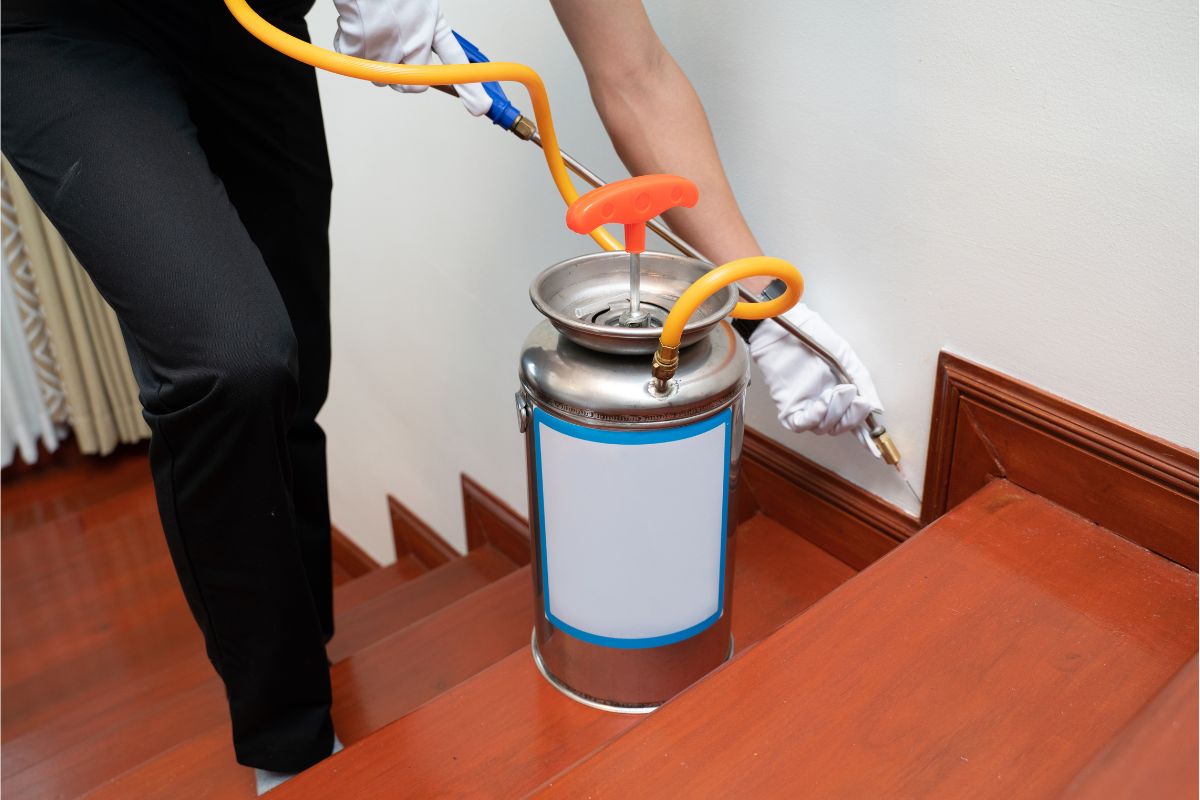
This procedure is effective both as a cure and a preventative measure for termites in your home.
To completely surround your home with a pesticide barrier that will poison termites upon contact is the premise behind a liquid termite barrier.
While it is frequently utilized all the way around the home’s foundation, it can also be used to protect particular wooden objects like piles of wood or tree stumps.
Poisoned Bait
The liquid barrier treatment is a little too radical for some people, despite the fact that it is unquestionably effective.
It’s possible that they do not consider their termite issue to be significant or that they do not feel comfortable with having tons of pesticide sprayed all around their house.
We advise using poisoned bait if you feel this way. Spraying pesticides around your house is unnecessary because the bait will draw foraging termites, who will then transport the poison back to the colony.
Direct Chemical Treatment
The inside of your home can’t truly benefit from a liquid barrier treatment or poisoned bait, even though they are quite effective for the exterior.
Due to the poison transference effect, liquid barrier and poisoned bait treatments are completely capable of killing the termites inside your home, but it is not advisable to apply them there directly.
This means that if you discover some termites in a crack in your wall, attic, or rafters, you must act quickly to eradicate them. For structures and interior furnishings, direct chemical treatment performs best in this situation.
Preventing The Spread
Now that you have eradicated your termite problem, it only makes sense that you want to prevent it from happening again.
The following prevention tips will help you stop termites from coming back and destroying your wood again.
Create Space Between Wood And Soil
Homes with gardens should always make sure there is enough space between the wood and the soil. Experts advise maintaining a distance of at least 18 inches.
This successfully thwarts termite attacks on furniture, windows, and doors. To physically separate the soil from wooden constructions, you can alternatively use cement or stones.
Declutter Your Home
It’s important to keep the house clutter-free whether you decide to treat your home for termites yourself or with the help of a professional.
Get rid of old magazines, newspapers, cardboard, and unneeded paper. With these items around the home, termites have a favorable environment in which to thrive.
Furthermore, avoid transferring items and furniture to other sections of the house if one of the house’s rooms is being attacked by termites.
Eliminate Excess Moisture
One of the key factors that attract termites and other pests inside the house is moisture. Getting rid of extra moisture aids in termite prevention.
Consider using a dehumidifier if the environment around your house is humid. To keep the temperature in the house cool throughout the summer, you can occasionally use an air conditioner. Additionally, it aids in drying out interior air that is too humid.
Use Borate When Painting Or Priming Wood
One of the best termite repellents is borate. Before priming or painting, you can spray exposed hardwood surfaces with borate. By absorbing into the wood, it stops termite infestation.
You can use a primer or paint to protect your wood against moisture after spraying the termite spray. The borate spray is sufficient enough to deter termites for many years.
Final Thoughts
Termites can be a tricky problem, but if you catch the problem early, there’s no reason why you can’t deal with the infestation yourself. With this guide, you’ll be able to successfully kill the termites and prevent them from coming back again.

